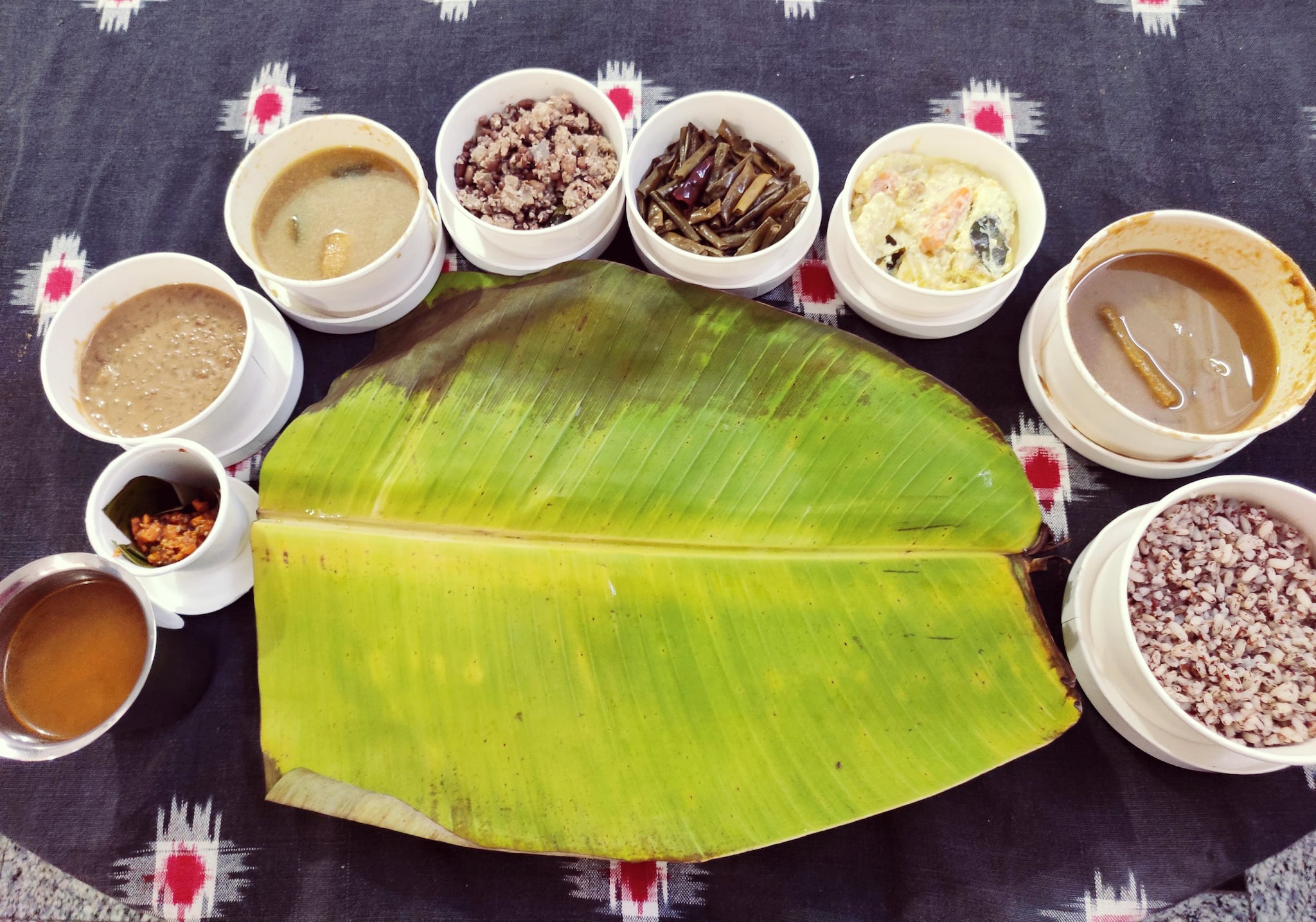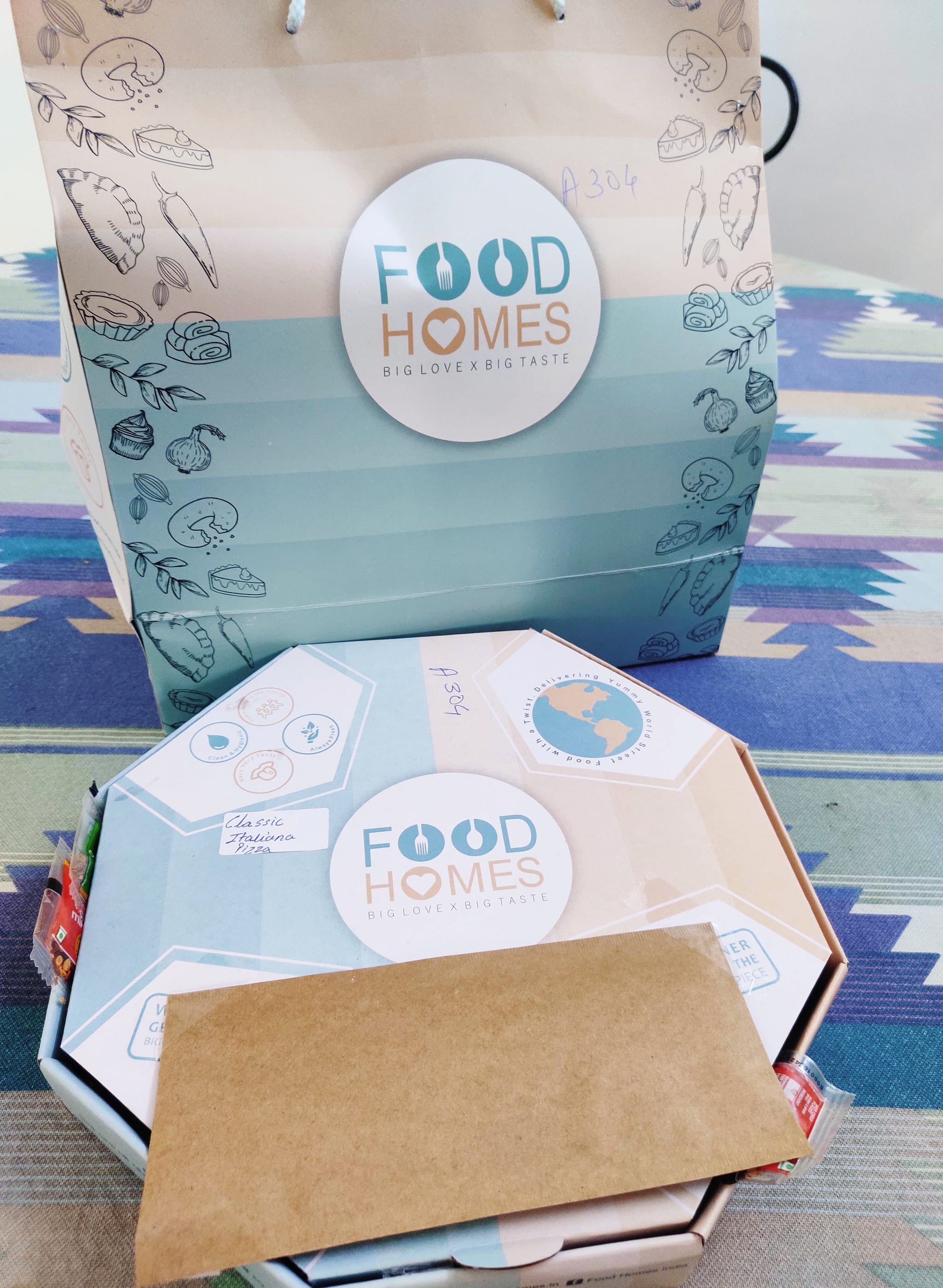



A kitchen where chefs prepare meals that are delivered through aggregators or a website with no dine-in facility is by definition a cloud kitchen. Anurag Katriar, Executive Director & CEO, deGustibus Hospitality Pvt Ltd and President, National Restaurants Association of India, adds, “A cloud kitchen has no brick and mortar customer interface and although it is a good alternative, it requires strong product packaging and marketing, as well as food quality, for people to be comfortable enough to trust the brand in current times.”
Fasoos, Behrouz Biryani, Fresh Menu and Box 8 may be some of the cloud kitchens one is familiar with but the list is growing. Given the increasing demand for home-delivery of food during prolonged lockdown, established restaurants and small entrepreneurs are jumping on the bandwagon.
Closed temporarily or staring at closure, several restaurateurs are opting for the more economically viable and perhaps best alternative —cloud kitchens that are easier to run with minimal manpower and resources.
The pandemic has propelled the growth of new cloud kitchens as well as revived the existing ones. While the process of independent cloud kitchens had begun for this group a year ago, it acquired a whole new meaning during the pandemic.
Rachel Goenka, Founder & CEO, The Chocolate Spoon Company, admits, “With the onset of the pandemic, all our brands are effectively cloud kitchens. Our cloud brands had initially taken a back-seat to allow us to focus on our mainstream brands—The Sassy Spoon, Sassy Teaspoon and House of Mandarin. We relaunched Soul Tadka (home-style North Indian food), Nariman Point and Powai, since corporate sales has picked up. In Pune, we offer pop-up menus from our brands, Baraza and Wicked China, via The Sassy Spoon-Koregaon Park.”
The urge for comfort food and the inability to step into restaurants has made cloud kitchens popular in a big way. Comfort food within the safe precincts of one’s home is an attractive proposition to most consumers and cloud kitchens are providing just that.
Anshul Gupta, Co-founder, BOX8 (Poncho Hospitality Pvt Ltd) and MOJO Pizza, says, “In an environment where social-distancing is the norm, cloud kitchens provide a safe way to consume food. Covid has only accelerated this shift from offline to online food-ordering and cloud kitchens are best suited to capitalise on that.”

Food business and restaurants may be reeling under the effects of the lockdown, the pandemic has come as an opportunity for many.
An experienced and trained chef, (New York’s Natural Gourmet Institute and worked at the Michelin-starred Gaa in Bangkok), Marina Balakrishnan launched Oottupura (eating house)—a vegetarian Malabar cloud kitchen from her home in May. While she was dreaming of her a small cosy restaurant in Mumbai, the lockdown foiled her plans. An optimist, she made it happen in a new avatar. She recalls, “I had almost signed and sealed everything when the lockdown was announced. While I was saved in time from investing, I missed the joy of cooking and serving guests in a restaurant, so to recreate the warmth of a Keralite dining experience for customers through home delivery, I started Oottupura.”
Similarly, always wanting to own a food delivery outlet but rent-free, entrepreneur Sakshi Bhojania decided this was the best time to take the plunge, as the demand for home delivery was high. She started her dream venture, Food Homes—a pure vegetarian cloud kitchen from her home in August this year for delivering gourmet global food through delivery platforms.
With no customer interface, cloud kitchens can take the liberty of starting operations in a less-fancy location sans chic décor and thus save on rent, yet, Rachel debunks the myth that cloud kitchen means low investment and high returns.

“Many people underestimate the marketing investment required to operate a delivery-only brand. Without a storefront, you're effectively competing in a crowded space that is heavily populated with existing brands that have established delivery footprints, other cloud brands and, most recently, home chefs. A popular misconception is that the saving on decor or service staff means pure cloud kitchens have outsized returns. But the investment needed in brand building will set you back significantly,” she says.
The lockdown may have been tough for restaurants, but clearly not for cloud kitchens. Anshul shares, “We have experienced a 25 percent increase in new customer acquisitions in these times. With restricted outdoor activities in the new normal, people are ordering indulgent items like pizzas and desserts to enjoy indoors. We’ve experienced a 35 percent increase in order value, since families are ordering in larger groups.”
Marina, too, is overwhelmed by the response she has received but modestly attributes it to the home-style food that people have been craving.
Although a cloud kitchen, the quality and professionalism at Food Homes is that of a fine-dine restaurant. There is no compromise when it comes to hygiene and quality and ultimately it is the food that matters to the consumer and Sakshi believes that gives her the edge.
Of course, brand equity and being a trusted name, certainly help. Says Rachel, “Across all our brands, we have exceeded pre-Covid deliveries. Soul Tadka has received a great response in the last two months but the uptick in business is largely due to the fact that we were an established brand prior to lockdown.”
Comparatively lower rents, no front-of-house staff, lesser overheads, with a focus merely on good food and robust technology is what made cloud kitchens seemingly attractive to many in the last few years. And then came the pandemic, which left some others with no choice.
The food ordering market of India is expanding at a CAGR of 16 percent to reach $17 billion by 2023 as per DataLabs by Inc42. The projected market size of cloud kitchens is expected to reach $1.05 billion by 2023.
Anshul sums up, “Cloud kitchens are able to design the food and packaging in a way that is best suited for home deliveries, unlike traditional dine-in restaurants where the food is principally designed for in-premise consumption. Food from cloud kitchens travels and stays well, and is also more affordable for customers. Post-Covid, restaurants are here to stay and people will again go out. But, cloud kitchens will continue to grow and capture an even larger share of food delivery.”
(Mini Ribeiro is a writer based in Mumbai.)
Discover the latest Business News, Sensex, and Nifty updates. Obtain Personal Finance insights, tax queries, and expert opinions on Moneycontrol or download the Moneycontrol App to stay updated!
Find the best of Al News in one place, specially curated for you every weekend.
Stay on top of the latest tech trends and biggest startup news.